The Evil Within (AKA Psycho Break in Japan) is a survival horror developed by Tango Gameworks and published by Bethesda Softworks for PlayStation 3, PlayStation 4, Xbox 360, Xbox One and PC in 2014. As we can read from Wikipedia, work on The Evil Within started in late 2010 under the codename “Project Zwei” by Shinji Mikami, but the game was officially announced to the public only in 2013 and most of its beta elements were never shown.
Yousef was still able to notice some differences in the early trailers from the game, as the one below: from 8:11 you can see some beta gameplay, a different inventory and 2 unused (?) weapons, a knife and a mine trap.
Thanks to Nicolas Dunai we know a few more beta differences shown in this beta trailer. First would be the spinning blade room, which would look rather clean and empty in early build, with a door at the end. In the final release, the room would be messier, bloodier, the door would be gone, and instead have a latch at the bottom you would have to open and go inside to escape.
Escaping from Beacon would lead Sebastian outside to stare at a destroyed Krimson City, while the final game would have him picked up by the police driver from earlier. Following this part of the trailer would be an area named the Perth House, which would show off unused gameplay elements. The Perth House while being in chapter 4, leading to the end of the chapter, would be drastically different in the final game. In this demo, the area would be a cabin raid (ala RE4) where you would need to fend of a large number of Haunted. This would never happen in chapter 4, but instead in Chapter 6. The basement of the house would have just an invisible Haunted instead of two as in the trailer.
As wrote before Sebastian is also shown to have both a usable knife and access to traps. While the knife is present in the final game, its use is stuck to only stealth kills, not as a equipable weapon. Traps were re-purposed into your Agony Crossbow. This change would also include some of the traps, with a mine trap (while still being a trap you can disarm in the final game) being removed and replaced with the Explosive Bolts. While the knife would later be used as the standard melee weapon in the sequel, the crossbow was still in place. The HUD was also changed, with your lifebar originally being a line at the bottom of the screen and the weapon wheel/inventory being more angular.
Throughout development, they also progressively moved the camera closer to Sebastian when aiming with the final game becoming almost in first person when you’re in an enclosed area.
Some more beta differences are shown in these screens:
Beta:
Final:
On the right Kidman beta on the left is final, her face looks different:
A beta inventory, unused mine trap and knife, life bar on the bottom of the screen.
Using mine trap, notice the item has no n° of ammo, probably unlimited ammo for early build.
Syringe was called “small health kit” in the beta:
Various images from the beta gameplay:
In the trailer below, in the scene with the microphone there is a removed line (Seb : what happening up there – Police : unknown ), and 3 character voices are different from the ones in the final game.
Another interesting cut was noticed by Nicolas:
The first trailer for The Evil Within had quite a handful of changes from the final release. The first and most noticeable is a change in both script and voice actors for Sebastian, Kidman and Joseph. In the final game, Sebastian, Kidman and Joseph are voiced by Anson Mount, Jennifer Carpenter and Yuri Lowenthal respectively, while the voices in the trailer are both different and uncredited voice actors.
The beta dialogue in the trailer is:
“Four of the Thirteen, this is Sebastian Castellanos, what’s going on out there?” “Uhhhh unknown, checking.” “What do you mean unknown?” “Uh…please hurry” “Where the hell is everyone?”.
The final game’s dialogue is as follows:
“All Units, All Units 11-99, expedite cover code 3. Beacon Mental Hospital” “184 Copy; code 3. ETA 3 Minutes” “131 Please Advise” “127, 124 Please respond” “Dispatch, this is Sebastian Castellanos in 184, what’s the situation, over?” “184 Be advised, some problem…at Beacon Mental Hospital…radio” “Anyone on scene, respond”.
While Tango would mostly consist of members from the dev team who produced Vanquish, other employees of Platinum who worked on Bayonetta as well as MadWorld (The director Shigenori Nishikawa in particular) would also join Tango in the following months / years. Masafumi Takada of Grasshopper would also move over Tango, as well as one of Sega’s localization members, Keither Dwyer, who would be the head of localization for the new studio. In 2011 former members of Game Republic would also join Tango Gameworks. Both Game Republic and Platinum were homes to developers who had history with Resident Evil / Biohazard prior to 2007 and said experience would be valuable for what Tango Gameworks would work on.
Tango Gameworks would begin development on a title named Noah, which would not find itself far in development due to issues with an undisclosed publisher. However, in an interview with Polygon, Shinji Mikami would describe it as a science fiction based shooter. After Noah was canned, in late 2010 Tango would be acquired by ZeniMax Media, who is mostly known for owning Bethesda. This would secure funding and a publisher for their next title in development, titled Zwei.
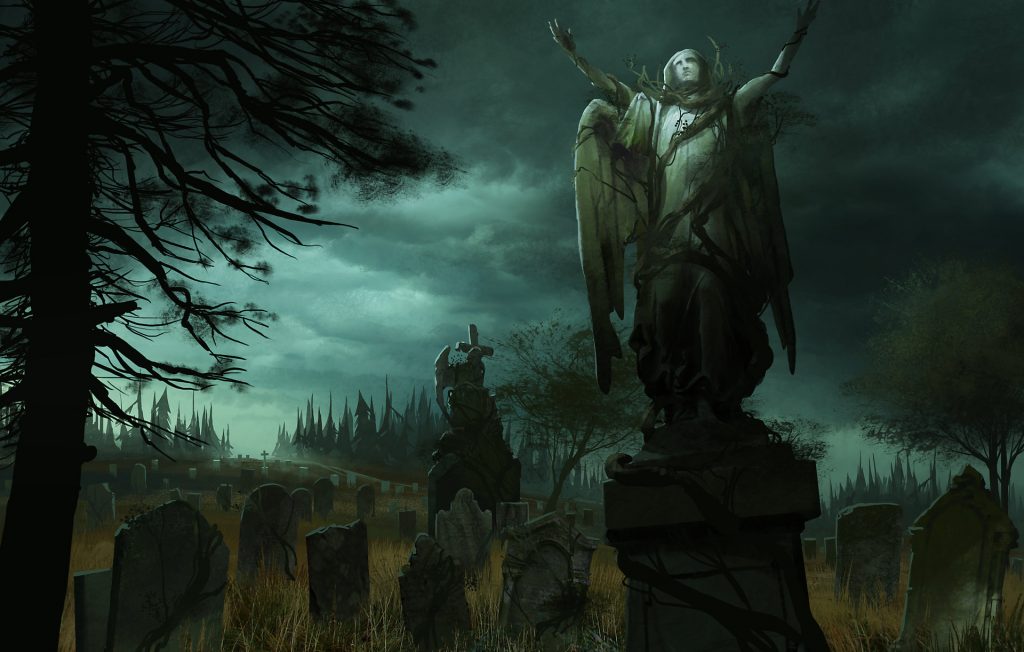
While the common knowledge of Zwei is that it was just a codename for The Evil Within, it was in reality a different game entirely. Zwei is German for the number two, which in turn is a reference to the studio’s second title, and the fact gameplay would revolve around your two main characters. Zwei had you control two vampire hunters chained together. Not much is known about this lost game either outside of scant information mentioned by Shinji Mikami in the previously mentioned Polygon interview. Zwei would be the project that laid the foundation for The Evil Within however, but not without key changes. Gone would be your chained-to partner, and gone would be the inclusion of vampires. According to Mikami, the vampires were changed because they were “no longer cool” by the time the game would be in proper development.
While for the first three years of the studio’s existence, nothing was formally announced or shown outside of concept art, Tango Gameworks and Bethesda would finally formally announce The Evil Within in April of 2013. Very much like Mikami’s most popular projects, The Evil Within would be a survival horror game. Shinji Mikami said he wanted to create a new survival horror game following his one style, as recent horror games at the time tended to lean more on the action side of the spectrum. He would also go on the record to say The Evil Within wouldn’t be in the vein of other modern horror games such as Amnesia, as he believed just running and hiding would get boring.
While Shinji Mikami would end up being in the director’s seat for the final game, he wasn’t always planning on doing so, only stepping in as per request from Bethesda. The game would be released a year later, on October 14th, 2014 to mixed to positive reviews on current gen and next gen consoles. However as we seen the final game was a little different from its beta version. These changes would range from the characters in the game, to mechanics, to little touch ups.
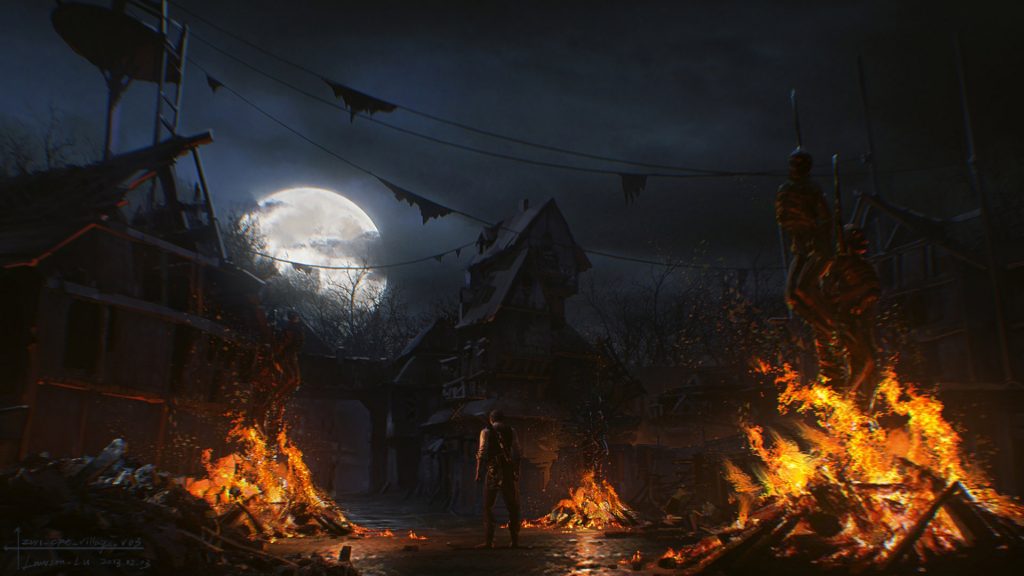
Originally The Evil Within was to take place in Spain, much like Mikami’s previous game, Resident Evil 4. Sebastian‘s last name “Castellanos” and the nurse in the safe room named Tatiana Gutierrez were both in the game at this early point as shown by their names being of Spanish descent. However, this early in development, Sebastian was to be a part of the mob that burned down the Victoriano Farm and Tatiana would be a merchant, again much like Resident Evil 4. Joseph Oda and Juli Kidman, your partners in the final game were both originally convicts you would come by during your playthrough. Joseph was planned to die part way through the game until his designer, Ikumi Nakamura intervened and told Mikami “She would resent him forever”
We know about a few beta enemies. The Keeper went through many changes during development: these range from a beekeeper, a spotlight headed monster (a female version later reused for the game’s DLC expansions). The Keeper would not have a final design until a year and a half into development. A long faced, bandaged monster would later be reused for a boss in the game’s sequel The Evil Within 2, albeit with a different weapon.
Another enemy named Bridge was originally planned to be in the game, which is what Haunted would come back as, if not disposed of properly (either decapitation, or burning), bringing a similarity to Resident Evil’s remake on the Gamecube. These enemies would however appear in the DLC, now renamed Cadaver, they have their bloated appearance to begin with however, not changing from a felled Haunted.
We also have a few images from beta levels. Instead of just being a small safe room area and a set piece for a few chapters, Beacon Mental Hospital was originally planned to be much bigger, and explorable area. A ship and harbor were planned as an area of the game, as well as something resembling a mine.
Thanks to Yousef and Nicolas Dunai for the contribution!
The Evil Within Concept Art:
What do you think about this unseen game? Give your vote!
Would you like to add more info, screens or videos to this page? Add a comment below!
- Quark (Quantic Dream) [Dreamcast – Cancelled] - 24-03-2024
- Fortris [PC/Playstation/Dreamcast – Cancelled] - 09-03-2024
- Gorkamorka [PC / Dreamcast – Cancelled] - 16-12-2023

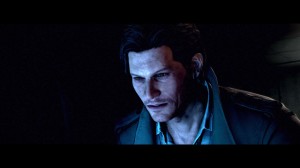
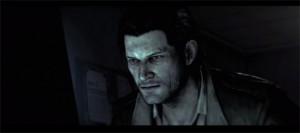

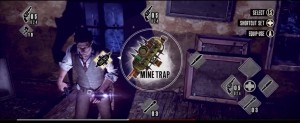
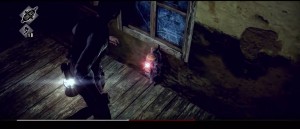
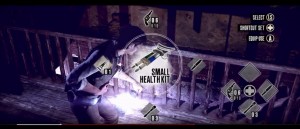
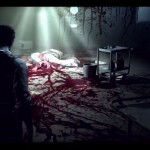
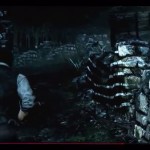
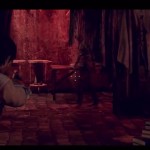
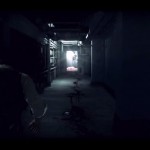
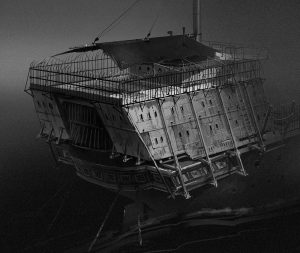

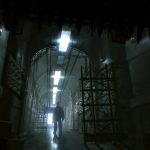

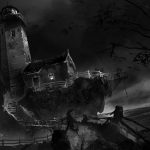
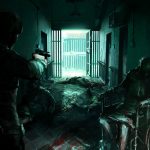

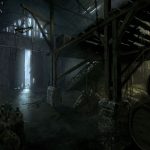
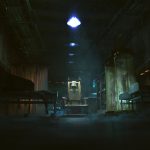


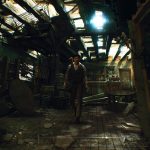


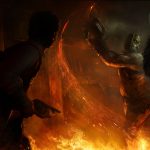

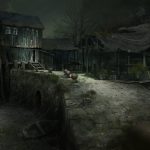
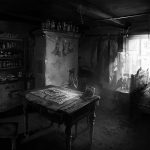




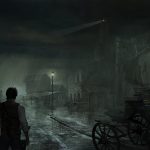
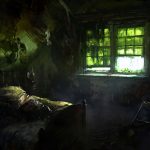
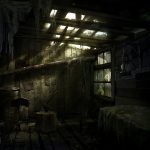

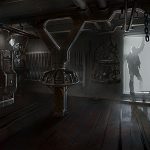


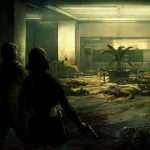
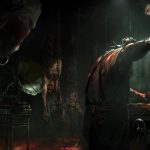

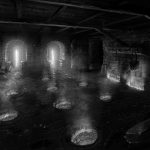
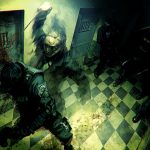
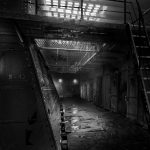
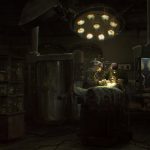
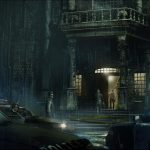

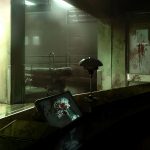
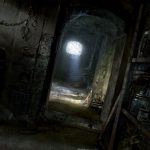


 (2 votes, average: 4.50 out of 5)
(2 votes, average: 4.50 out of 5)